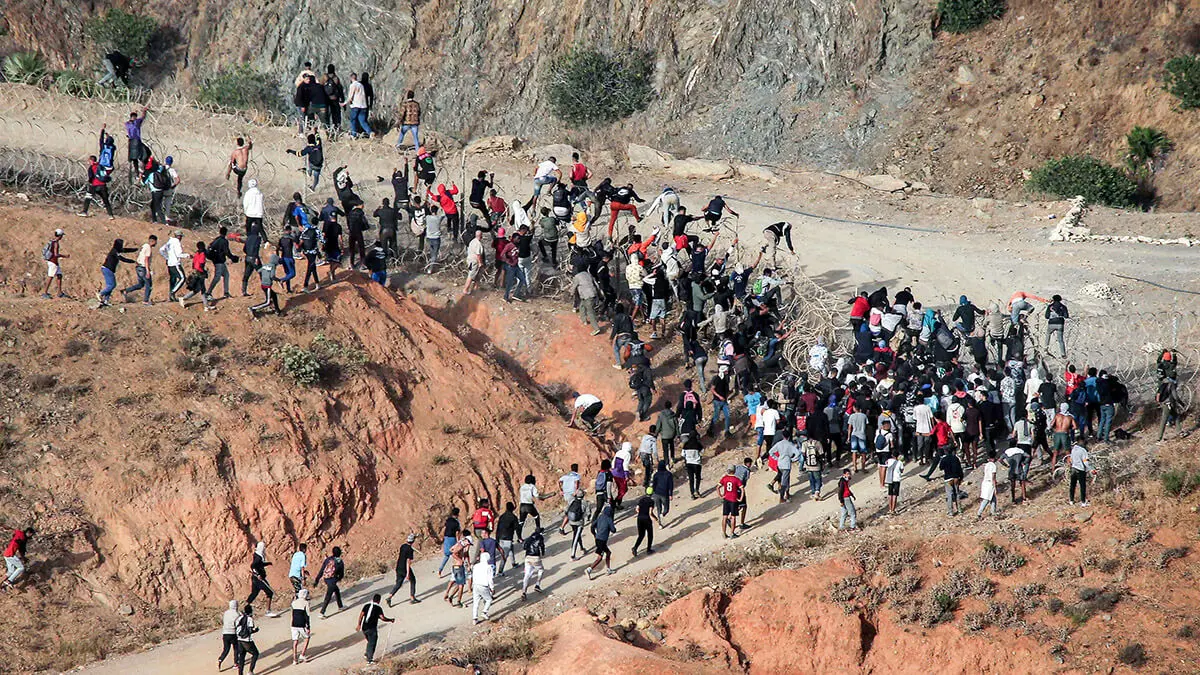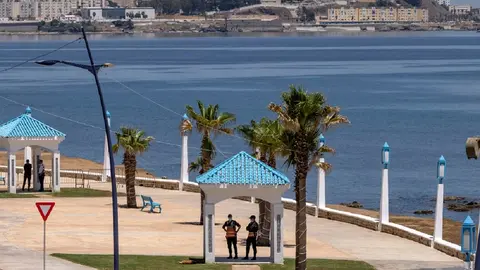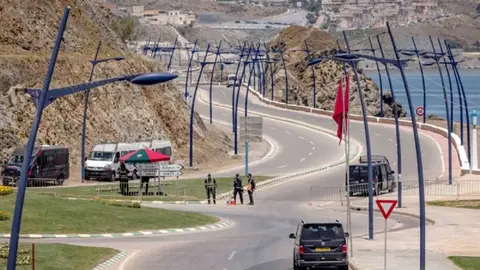Youth and Migration

Beyond the heated political debate this issue has sparked across North Africa, a more pressing question emerges: Why are so many young people from countries like Algeria, Mauritania, Morocco, Tunisia, and sub-Saharan Africa risking everything on a perilous journey that often leads to drowning and death? Are their prospects so bleak that 'hrig'—a colloquial term for clandestine migration in Morocco and Algeria—has become the only option?
These youths are commonly labeled as NEETs—16- to 24-year-olds who are not in education, employment, or training. They constitute 29% of young people in Algeria (according to the International Labour Organisation), 25.2% in Morocco (as reported by the Moroccan Economic, Social and Environmental Council), and a staggering two-thirds in Niger, the highest percentage globally.
The reasons for dropping out of school are numerous and can be traced back to the inadequacies in curricula, teaching methods, and an education system that fails to align with the psychosocial needs, aspirations, and employability of the youth. In most African countries, schools do not provide spaces for positive learning, achievement, excellence, and self-expression. The education systems lack a focus on developing essential psychological, social, and life skills such as crisis management, emotional intelligence, resilience, critical thinking, time management, effective communication, building healthy relationships, and self-care.
There are no initiatives to train teachers and parents in adopting this holistic approach. Instead, we are left with poorly designed programs and monotonous, difficult-to understand teaching methods. Educators often find themselves preoccupied with managing overcrowding, violence, cheating, drug issues in schools, and low levels of motivation among teachers.
Many young people are disillusioned by this environment, which stifles learning and achievement. While parental support can sometimes help them through high school, poverty and family breakdown often thwart these efforts.
When these youths leave school, they fall off the radar—untracked and unassisted, receiving no training or social care, and with no effort made to understand their dreams and ambitions. Social workers are not deployed to guide them in their communities. Even vocational training centers lack the flexibility to offer accessible and aspirational opportunities.
It is then the streets, with their counter-culture tendencies, that take in these disaffected youths. Organizers of clandestine migration prey on them, selling fantasies of easy success and Hollywood-style tales of European life. The allure of adventure and the chance to escape an environment synonymous with failure and frustration compels sixteen- and seventeen-year-olds to envision a rosy path: cross over, succeed, and return as a hero. This sense of heroism is seen as a way to erase the memories of past failures and frustrations.
Migration becomes a collective dream, with groups forming around shared ambitions, resources, and strategies. When agitators incite these youths to confront security forces and attempt to breach borders violently, they exploit this yearning for heroic glory creation strategies, as the Moroccan Prime Minister highlighted in his response to the
Economic Council's NEET study. Education ministries need to adopt an innovative approach that focuses on equipping young people with essential life, psychological, social, and practical skills. Meanwhile, ministers of training and employment should track school dropouts' trajectories, deploying social workers to guide and support these youths in realizing their dreams and ambitions.
This approach will aid security officials in combating smugglers, human traffickers, and clandestine migration networks. The goal is not to close the door on migration entirely, but to frame, institutionalize, and rationalize it so that it benefits both European and African interests—while moving away from the tragedies of drownings, rescues, and the perilous journeys at sea.
Article previously published in Al Shari Al Aswat



